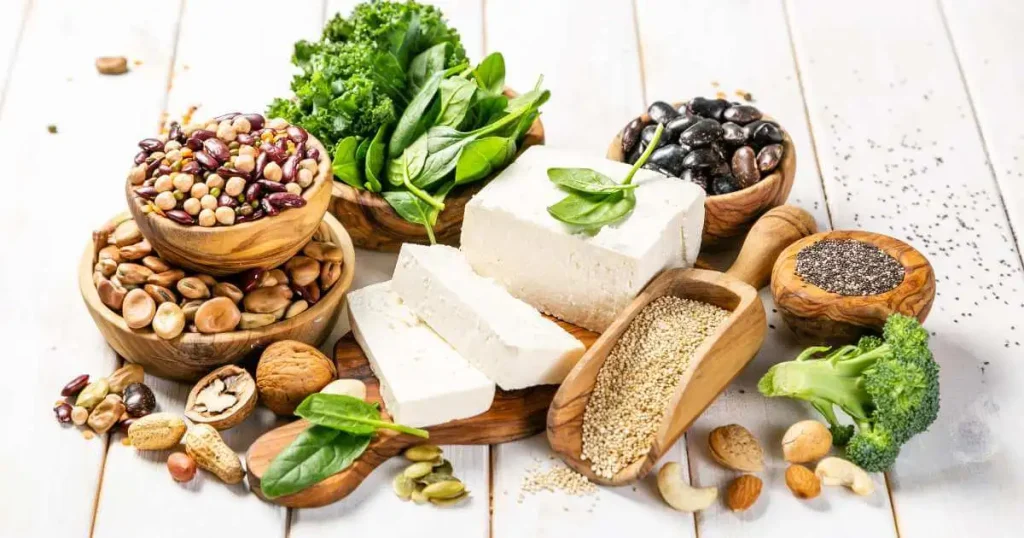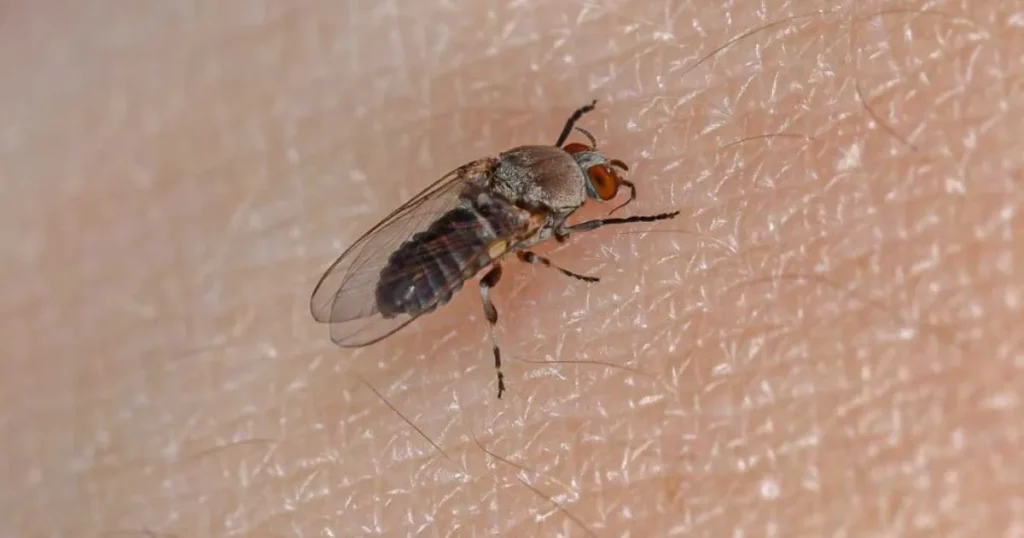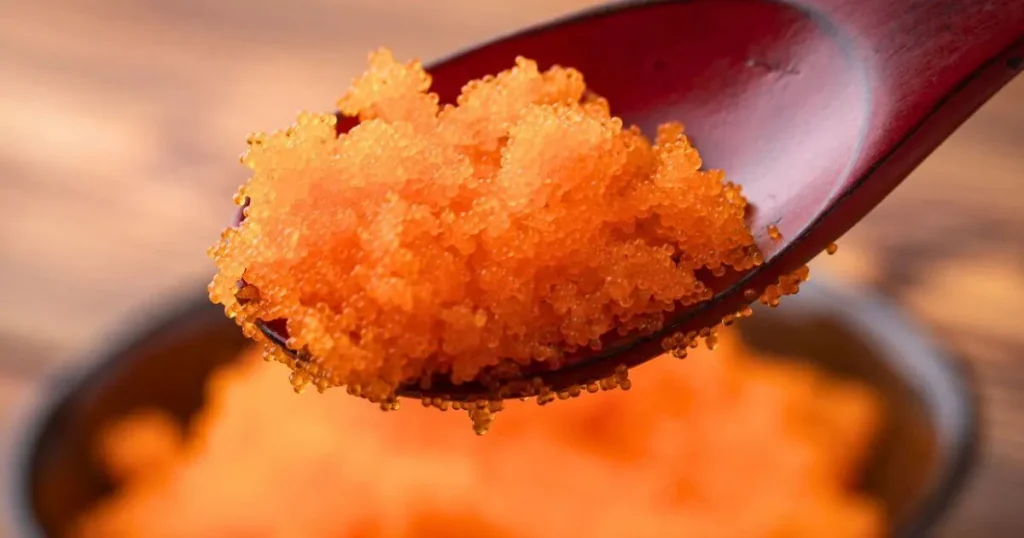Plant-based diets have surged in popularity, with more people turning to leafy greens over animal products. Whether for health, environmental, or ethical reasons, transitioning to a plant-based lifestyle can be exciting. However, one of the biggest concerns for those considering or already on a plant-based diet is how to ensure their protein needs are met. Protein is a vital macronutrient that is the building block for muscles, skin, enzymes, and hormones. Here’s how you can get enough protein while going green.
Understanding Plant Proteins
Plant proteins are the unsung heroes of the food world. They can provide a lean and green foundation for a healthy diet. Common plant protein sources include legumes (beans, lentils, peas), nuts, seeds, and whole grains. Each of these food groups offers not just protein but also a rich array of vitamins, minerals, and fiber necessary for good health.
High-Performance Legumes
Legumes, like chickpeas, black beans, and navy beans, are among the most nutrient-dense plant foods. They are an excellent source of protein and fiber, which can help with digestion and weight management. They also contain a variety of phytonutrients. Eating a variety of legumes is the key to getting enough protein and a wide range of health benefits.
The Mighty Seed and Nut
Seeds and nuts are versatile and delicious sources of protein. Chia seeds, flaxseeds, pumpkin, almonds, and pistachios are protein-packed seeds and nuts. Adding a sprinkling of seeds to your morning cereal or a handful of nuts to your afternoon snack can significantly boost your protein intake.
Whole Grains for the Win
While whole grains aren’t as protein-rich as legumes or certain seeds, they are still essential to a plant-based diet. Whole grains such as quinoa, amaranth, and oats contain significantly more protein than processed grains. They also provide complex carbohydrates for sustained energy and various micronutrients like B vitamins and iron.
How Much Protein Do You Need?
The amount of protein you need depends on several factors, including your age, sex, weight, and level of physical activity. The Recommended Dietary Allowance (RDA) for protein is a modest 0.8 grams per kilogram of body weight. However, the requirement can be higher for those engaging in heavy exercise or looking to build muscle, often ranging from 1.2 to 2.0 grams per kilogram.
Tailored to Your Lifestyle
Understanding your protein needs is the first step in ensuring you meet them. Many online calculators can provide personalized recommendations. Suppose you want to maintain or lose weight. In that case, getting enough protein is essential to help prevent muscle breakdown, which can occur during the catabolic state caused by a calorie deficit.
Meeting Protein Needs on a Plant-Based Diet
The key to meeting your protein needs on a plant-based diet is variety and balance. By combining different plant proteins, you can create complete proteins. Examples of complementary protein combinations are rice and beans ,,Peanut butter on whole-grain bread and hummus with whole-grain pita. Of course, many individual plant foods are high in protein.
High-Protein Plant Foods
Here’s a list of some of the top high-protein plant foods:
Lentils: about 18 grams per cooked cup.
Black beans: about 15 grams per cooked cup.
Quinoa: around 8 grams per cooked cup.
Tofu and edamame: around 20 grams per 1 cup and 16 grams per 1 cup of shelled beans, respectively.
Tempeh: around 31 grams per 1 cup.
Seitan: around 21 grams per 1/3 cup.
Nutritional yeast: around 14 grams per ¼ cup.
Chia seeds: about 4.7 grams per 2 tablespoons.
Hemp seeds: about 10 grams per 3 tablespoons.
Almonds: about 6 grams per 1 ounce.
Spirulina: about 8 grams per 2 tablespoons.
This rich cornucopia of plant-based proteins doesn’t just sustain you; it can also power an active lifestyle and support your fitness goals.
Plan with a Purpose
Meal planning can be extremely helpful in ensuring you get the right amount of protein in your diet. It’s essential to consider which foods you will combine for each meal on a plant-based diet to create a complete protein. For example, you could combine rice with lentils or serve a side of quinoa with your favorite vegetable stir-fry.
Protein Myths and Facts
The world of plant-based proteins has its myths and misconceptions. It’s important to separate fact from fiction to ensure you make informed dietary choices.
Debunking Protein Myths
Plant Proteins are Incomplete
While it’s true that most plant proteins are not complete proteins (meaning they don’t contain all essential amino acids on their own), the notion that you can’t get all essential amino acids from a plant-based diet is incorrect. The key is to eat a balanced and varied diet, which is more than achievable with a plant-based diet.
Plant Protein is Lower Quality
The amino acid profile and digestibility often measure protein quality. Many plant proteins, such as soy (tofu and tempeh) and quinoa, offer a higher quality protein, similar to animal proteins.
You Can’t Get Enough Protein Without Supplements
While supplements can be a convenient way to ensure you get enough protein, they are optional for most people on a plant-based diet. With thoughtful food choices and proper meal planning, getting all the protein you need from whole foods is possible.
Navigating the Protein Landscape
To ensure you’re getting enough protein on a plant-based diet, educate yourself on the best sources and be mindful of your daily intake. You can also work with a nutritionist or dietician who can tailor a plant-based eating plan to meet your specific protein needs. The more you know about plant proteins, the easier it will be to harness their power and enjoy a balanced, protein-rich, plant-based diet.
Frequently Asked Questions
Is it possible to get enough protein on a plant-based diet?
Yes, it is possible to meet your protein needs on a plant-based diet by including various protein-rich plant foods in your meals.
What are some excellent sources of plant-based protein?
Plant-based protein sources include legumes (such as beans, lentils, and chickpeas), tofu, tempeh, edamame, quinoa, nuts, and seeds (like almonds, chia seeds, and pumpkin seeds), soy milk, seitan, and plant-based protein powders.
How much protein do I need on a plant-based diet?
The protein needed varies based on age, gender, activity level, and health goals. Generally, adults can aim for around 0.8 to 1.0 grams of protein per kilogram of body weight per day.
Can I combine plant foods to create complete proteins?
Yes, you can combine different plant foods to create complete proteins. For example, pairing grains (like rice or whole wheat) with legumes (such as beans or lentils) forms a complete protein.
Are plant-based protein powders a good option?
Plant-based protein powders, like pea protein, hemp protein, or brown rice protein, can be a convenient and effective way to boost your protein intake, especially for athletes or those with higher protein needs.
What are some protein-rich meal ideas for a plant-based diet?
Some protein-rich meal ideas include quinoa and black bean salad, tofu stir-fry with vegetables, lentil soup, chickpea curry, almond butter on whole grain toast, and smoothies with plant-based protein powder.
Can children and athletes get enough protein on a plant-based diet?
With careful planning and attention to protein-rich plant foods, children and athletes can meet their protein needs on a plant-based diet. Consulting with a registered dietitian can provide personalized guidance.
- The Complete Intermittent Fasting Guide for Beginners - September 11, 2024
- Blue Lotus Flower: Unlocking the Benefits, Uses and Safety - April 25, 2024
- How To Get Enough Protein On A Plant-Based Diet - April 5, 2024



